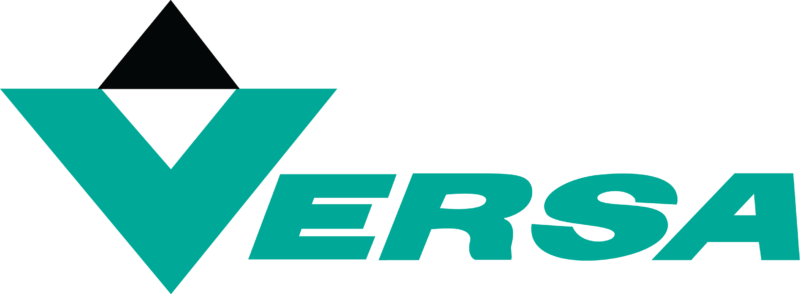Versa patented the Anti-Extrusion Principal which is an O-ring sealing arrangement we invented for our valves. O-ring seals offer great advantages in valve design. They make valves rugged and reliable and are simple to assemble and maintain. Because there are readily available standard and custom O-ring seals, there is a wide choice of sealing materials, which is all great news.
However, when O-rings are used as a dynamic seal sometimes the internal forces can cause the seal to move or jump. When this happens the seals can become extruded or “nipped” which leaves small defects on the seal material. Our Anti-Extrusion Principle offsets the disadvantages of using O-rings by using a patented sealing arrangement in our O-ring packed valves. Basically, Versa seats O-ring seals within the valve body or on the valve plunger so the flow of the media or the pressure differential through the valve helps seat the O-ring. This keeps the O-rings in place which reduces the risk of extrusion and thereby enhances valve performance and life.
